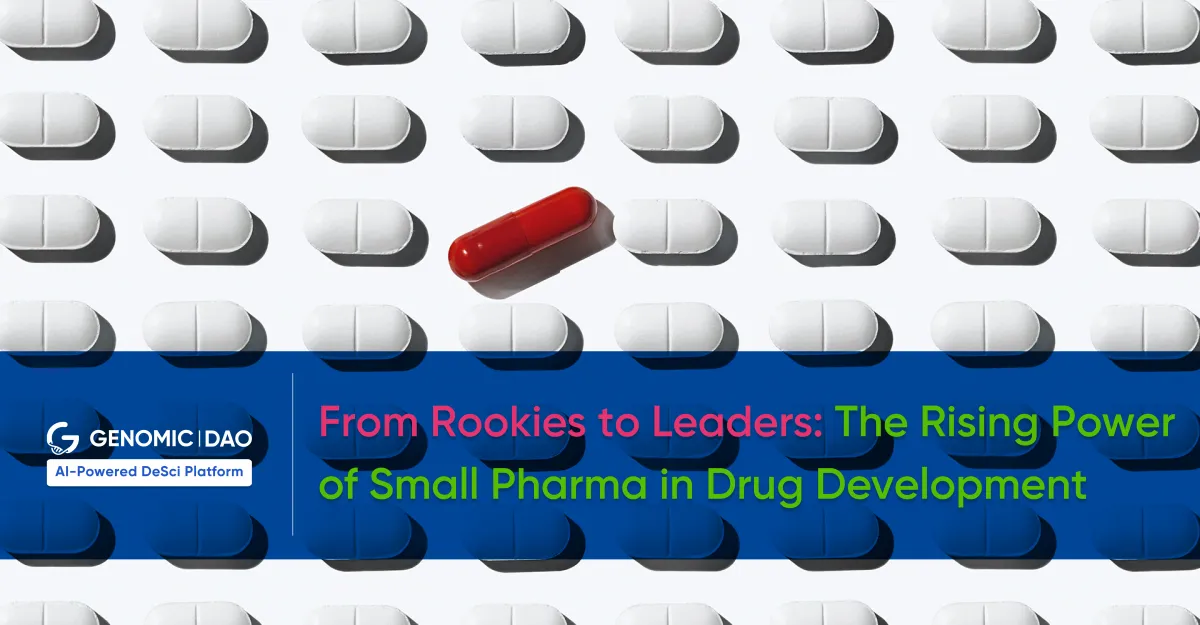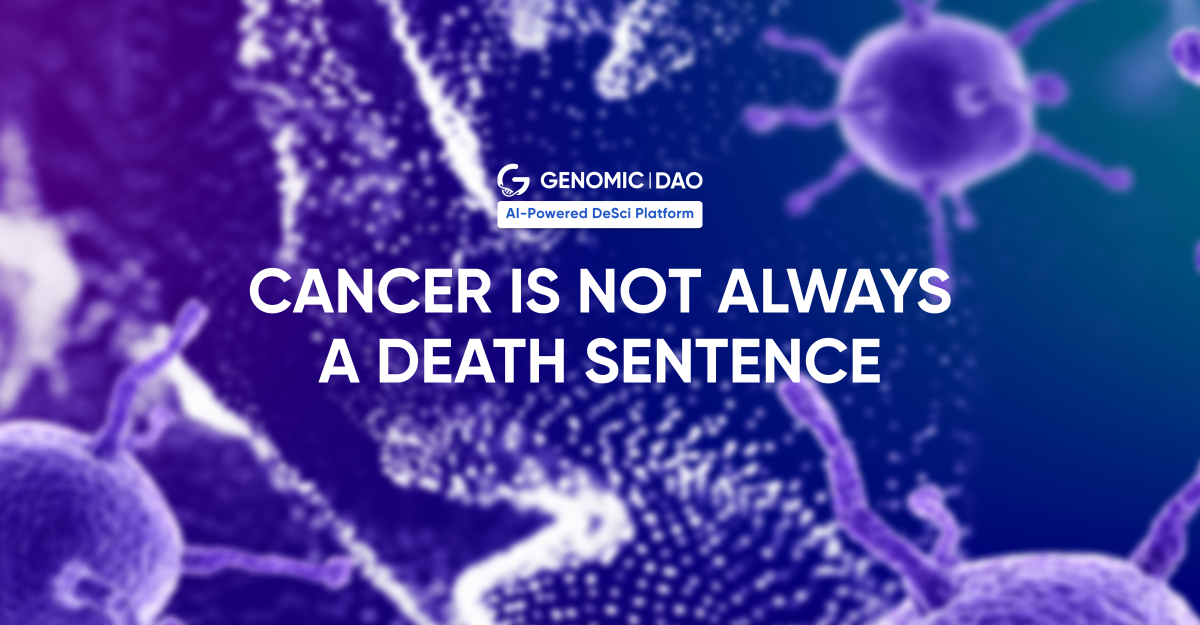
The pharmaceutical industry has long been dominated by large corporations with deep pockets and extensive resources, but that is changing. Smaller companies, academic institutions, and non-profit organizations are making significant contributions to the field, thanks to advances in technology and changes in the industry that have made it easier for them to enter the market.
The Rise of Smaller Players in the Industry
This shift has been driven in part by the high cost of drug development, which has made it difficult for smaller companies and research institutions to compete in the market. However, the trend is changing as more small companies decide to launch their products themselves. Globally, those first-time launchers account for more than a quarter of all new molecular entities submitted to the US FDA since 2016. That share is expected to rise even further over the next few years, with 22 out of 39 blockbuster launches due to come from first-time launchers between 2021 and 2025 [2].
This represents a significant increase over the period from 2016 to 2020, when less than 20% of blockbusters came from first-time launchers [2]. Although many of the new launchers may be destined to become acquisition targets for large pharma companies, the market shift from established to emergent players looks set to continue. That, in turn, will serve to heighten the interest of venture capitalists and other investors in biopharma and biotech.
Source: CBER and CDER novel drug approvals, FDA, June 2020; McKinsey analysis
The symbiotic relationship between small and large pharma companies has proven to be a win-win. Small pharma brings nimbleness and a focused approach to science that is uninhibited by the bureaucracy of large pharma, while large pharma provides the funding and the sales and marketing muscle to bring these innovative drugs to patients. This has resulted in the rapid growth of small pharma companies that are overwhelmingly driving innovation.
The pharmaceutical industry is no longer dominated solely by large corporations, and with the rise of first-time launchers, it is set to become even more diverse. By working together, small and large pharma companies, academic institutions, and non-profit organizations can continue to advance drug development and bring new treatments to those in need.
Repurposing Existing Drugs as a Faster and More Cost-Effective Approach
One of the ways smaller players are challenging the status quo and driving change in the industry is by repurposing existing drugs for new uses. This approach can be faster and more cost-effective than starting from scratch with a new drug. For example, researchers at the University of California, San Francisco are repurposing an FDA-approved cancer drug to treat Alzheimer's disease. This approach can potentially bring a new treatment to Alzheimer's patients much faster than traditional drug development methods.
Repurposing existing drugs involves finding new uses for drugs that are already approved by regulatory agencies. Researchers are leveraging our knowledge about these drugs and looking for new uses for them. This approach has several advantages, including faster development timelines and lower development costs. Moreover, it allows researchers to bypass some of the early stages of drug development, such as toxicity studies and early-phase clinical trials. This can save valuable time and money in the drug development process.
The Use of Artificial Intelligence (AI) in Drug Discovery
Another innovative approach smaller players are using to drive innovation in the industry is the use of artificial intelligence (AI) in drug discovery. AI is a powerful tool that can help researchers identify new drug targets and accelerate the drug discovery process. Researchers at the University of Toronto have developed a tool called Deep Affinity Predictor (DeepAP), which uses deep learning algorithms to predict the binding affinity between a drug and a protein.
The tool uses AI to analyze vast amounts of data and identify patterns that humans might miss. This can help researchers identify new drug targets and accelerate the drug discovery process. With the help of AI, researchers can also identify potential side effects and drug interactions much earlier in the drug development process.
References
- Robinson, R. (2020, January 1). Small Pharma Driving Big Pharma Innovation. PharmaVoice. Retrieved May 26, 2023, from https://www.pharmavoice.com/news/2020-01-pharma-innovation/612330/
- Bulik, B. S. (2021, April 27). Big innovation shift to small pharma? Rookies grab lead in annual poll—and look to stay put. Fierce Pharma. Retrieved May 26, 2023, from https://www.fiercepharma.com/marketing/big-innovation-shift-to-small-pharma-rookies-grab-lead-annual-poll-and-look-to-stay-put
- Harputlugil, E., Hayton, S., Merrill, J., & Salazar, P. (2021, February 12). First-time launchers in the pharmaceutical industry. McKinsey. Retrieved May 26, 2023, from https://www.mckinsey.com/industries/life-sciences/our-insights/first-time-launchers-in-the-pharmaceutical-industry#/






